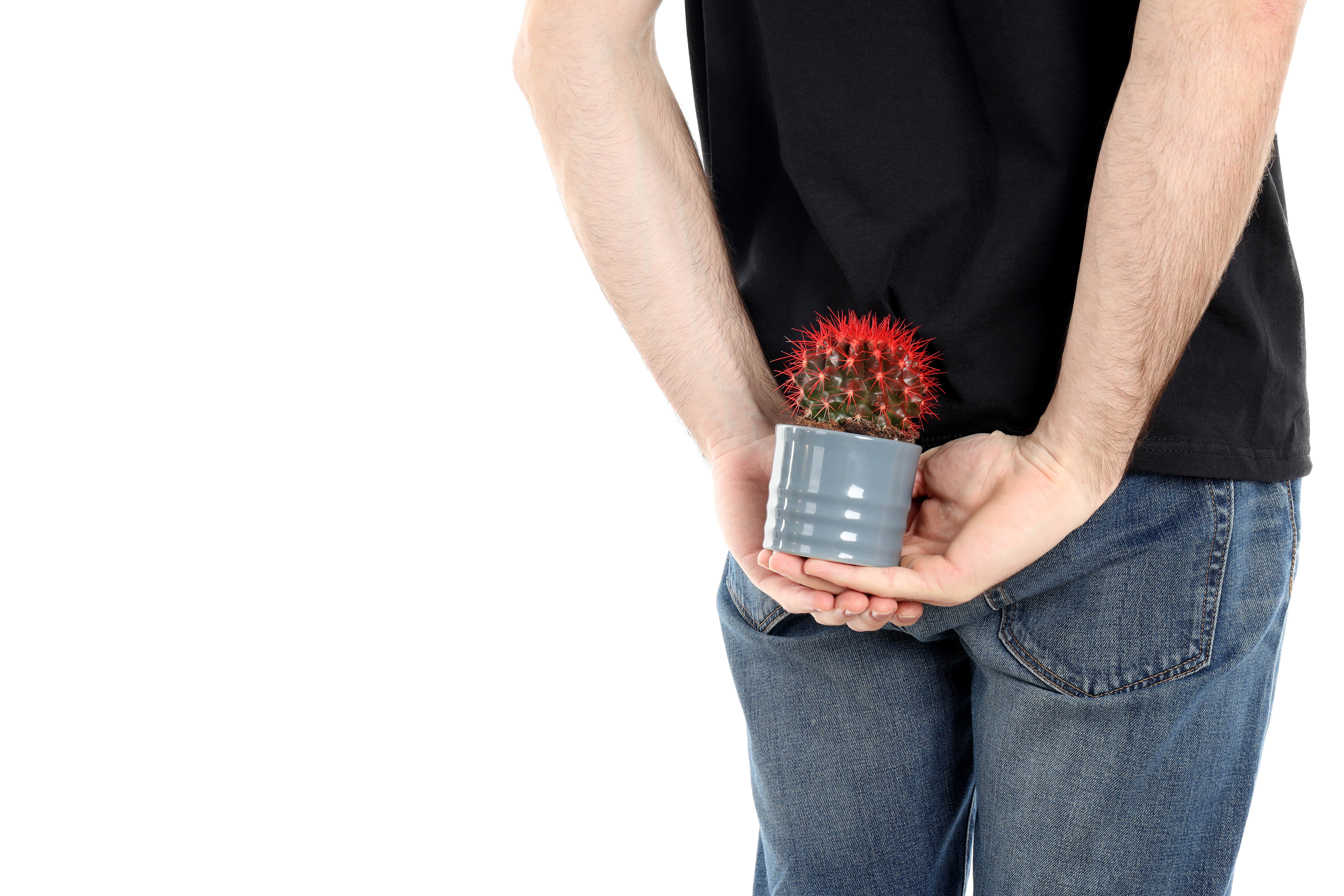Comprehensive Guide About Symptoms of Piles Disease
2025-05-13 / RG STONE HOSPITAL / Piles

Piles or hemorrhoids are swollen veins in the region of the lower rectum and anus that cause a lot of discomfort and disruption in daily life. The condition is common. But, due to the stigma attached, many hesitate to talk about it. Something vital to understand is that the early recognition and treatment of piles are necessary to prevent any complications. In this blog, we will walk you through the most common piles disease symptoms so that you will come to know about warning signs and when to consult healthcare professionals.
What are Piles?
Piles are swollen blood vessels in or around the anus or lower rectum. They can be internal or external. While minor cases of piles subside or heal on their own, chronic or severe piles will require diagnosis and treatment by a healthcare professional.
Understanding symptoms related to piles disease can help you immensely in being judged for treatment outcomes. Let us go towards the actual symptoms.
1. Pain or Discomfort While Passing Stool
One of the earliest and most common symptoms of piles disease is actual pain or discomfort while passing stool. External hemorrhoids cause this symptom more often in a sickening kind of way, as they may irritate and cause a sharp, stinging sensation while passing stool.
2. Bleeding During or After Bowel Movements
The presence of bright red blood on the toilet paper, part of it in the toilet bowl, or on some of the stools is a give-away sign that should immediately send the patient running to a healthcare facility. It is one of the most severe piles disease symptoms, but weirdly enough, somebody can have pain and maybe even consider it nothing until the healing does not come in time. What may happen then is bleeding into or on to the stool, and most people would have educated themselves when they experienced the first bleed, and scare the life out of themselves for maybe the following day or more, before logging on to the Internet and scaring themselves further with links and scrawls one would have encountered, believing every move really is just some hemorrhoids they are experiencing.
3. Itching, Burning, or Irritation Around the Anus
Itching around the anus and irritations are quite usual in the case of piles. These sensations stem from a mucus discharge, inflamed tissue, or from difficulty in cleaning after a bowel movement. Sometimes, the itching may be so harsh that it turns into a second phase of inflammation and discomfort.
4. A Lump or Swelling Near the Anus
If you notice a lump or swelling near the anus, especially after a bowel movement, it could be an indication of internal hemorrhoids. These lumps are sometimes soft or hard and may be pushed back inside the rectum. Painful lumps relatives to swelling may be due to a thrombosed pile, which happens when a blood clot has formed inside the pile.
5. A Feeling of Incomplete Evacuation
A very subtle but mind-numbing piles-disease symptom is the feeling that your bowel movement isn't complete. This is usually associated with internal pile, and the sensation of fullness persists even after having visited the toilet. The very presence of this symptom causes quite a lot of discomfort to patients since they would have to strain harder to pass stool.
When to Consult a Doctor
While mild itching, bleeding, or discomfort can subside with over-the-counter treatments, diet changes, and proper hydration, you should contact healthcare providers if:
* Rectal bleeding persists for more than a couple days
* Pain that becomes worse or severe
* Pain and swelling are increasing
* Painful lump near the anus
* If these symptoms have made your daily life and sleep a living hell
* Anyone in the family has been diagnosed with colon cancer or any of its precursor diseases.
Falling short of this could lead to a great deal of discomfort. **Piles disease symptoms** must never be ignored, as complications can arise, including infections, anemia, or prolapsed hemorrhoids that require surgical intervention.
Helpful Home Tips for Management of Piles
Those who are feeling mild symptoms might consider the following lifestyle tips:
* Increase fiber in your diet (fruit, veggies, whole grains)
* Drink plenty of water to have soft stools
* Do not be slot-ridden, especially while on the toilet
* Sugar is pain for piles, so exercise
* resorts to use of gentle wipes or hot baths for soothing
These positive habits may significantly reduce the intensity and occurrence of **piles disease symptoms**.
Final Thoughts
Early detection of piles disease symptoms empowers you to monitor your health before things take an ugly turn while dealing with moderate manifestations. Awareness is the first step of any recovery, mild or severe symptoms. The treatment could be just a few dietary ingredients, medicines, or keyhole surgeries, depending on how seriously you are affected.
If you persist in having unintentional signs of something wrong and suspicions about piles, don't wait any longer; contact the medical practitioner for a proper diagnosis suitable for you.
One should not let discomfort interfere with the day when our experienced gastroenterologists and colorectal surgeons at RG Hospitals start care based on patient needs. A simple phone call could lighten the burden of your discomfort.
Categories
Hernia Repair
Appendicitis
Piles
Urological Treatment
Hernia treatment
Enlarged Prostate (BPH)
Gall Bladder Stone
Urinary / Kidney Stone
Vitamins
Indian Health Care System
Exercise
Obesity
Female Urinary Incontinence
Single Incision Laparoscopic Surgery (SILS)
Kidney Cancer
Bladder Cancer
Ovarian cancer
Nephrology
Bariatric Surgery
Kidney Function Test
Female Urology
Radiation Therapy
Alcoholic Fatty Liver
Liver disease
Gastroenterology
Kidney Disease

